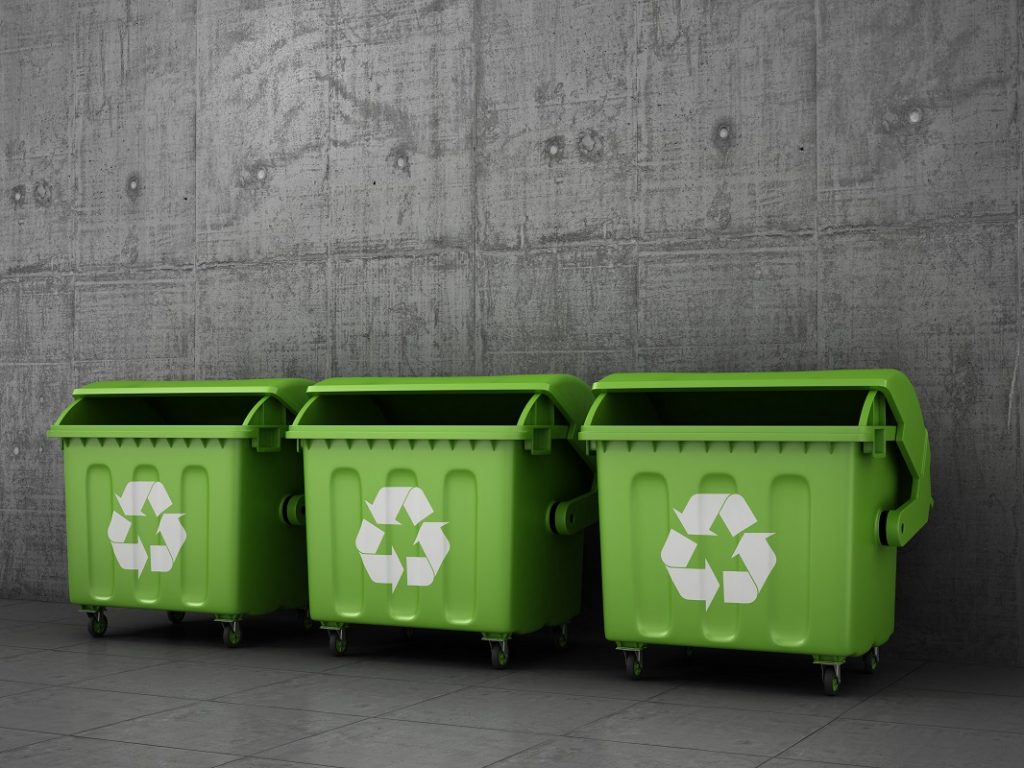- Embracing eco-friendly initiatives can reduce environmental footprint, enhance productivity, and save operational costs.
- Improving waste management efforts and transitioning to digital documents significantly reduces office waste.
- Replacing outdated systems with energy-efficient alternatives reduces energy consumption and maintenance costs.
- Investing in eco-friendly office products minimizes environmental impact and enhances the company’s image among stakeholders.
Building an eco-friendly office is a trend and a necessity in today’s world. By embracing green initiatives, businesses can significantly reduce their environmental footprint, enhance workplace productivity, and even save on operational costs. According to the U.S. Environmental Protection Agency, commercial buildings account for nearly 20% of the nation’s total energy consumption. Furthermore, a study by the University of Oxford found that green buildings improve their occupants’ cognitive function and health, enhancing overall productivity. In addition, a survey by the Natural Marketing Institute discovered that 58% of consumers consider a company’s environmental impact when making purchase decisions. Hence, building an eco-friendly office is a crucial step in sustainable business growth.
However, renovating or constructing an office with green initiatives in mind can be challenging. This is because there are several aspects that businesses need to consider. To help guide you through this process, here are some essential steps to consider when building an eco-friendly office.
Improve Waste Management Efforts

Improving waste management efforts is a cornerstone of eco-friendly office practices. Offices generate significant waste, from disposable coffee cups to paper documents. Effectively managing this waste reduces the environmental impact and can lead to cost savings.
One of the methods to improve waste management is implementing a comprehensive recycling program. This involves setting up designated recycling bins for paper, plastic, and electronic waste. Encouraging employees to use these bins correctly can significantly reduce the amount of waste in landfills.
Another approach would be to switch to digital documents wherever possible, limiting paper use. Introducing company-wide policies on double-sided printing or reusing paper can also reduce waste.
Lastly, consider partnering with waste management companies prioritizing recycling and eco-friendly disposal methods. This ensures that even the unavoidable waste is handled in the most environmentally friendly way possible.
Replace Outdated Systems
Outdated systems and equipment consume more energy and lead to higher maintenance costs. Replacing them with newer, energy-efficient alternatives can significantly reduce your office’s environmental impact. Here are a few areas to consider:
Upgrade Lighting Systems
Upgrading your office’s lighting systems is a significant step towards constructing an eco-friendly workspace. Traditional incandescent bulbs consume a lot of energy and have a shorter lifespan. Replacing these with LED or compact fluorescent lamps (CFLs) can save energy. They use up to 80% less energy and last ten times longer than incandescent bulbs. Furthermore, consider installing motion sensor lights in less frequently used areas to avoid unnecessary energy consumption.
Implement Energy-Efficient Appliances
Like lighting systems, outdated office appliances can significantly drain energy resources. Replace old equipment with Energy Star-rated appliances. These devices are designed to save energy without sacrificing performance, thus assisting in reducing your office’s carbon footprint and energy expenses.
Install Smart Thermostats
A significant part of energy consumption in an office goes towards heating and cooling. Smart thermostats can optimize this by learning your office’s schedule and adjusting the temperature accordingly. This ensures optimal comfort during working hours and energy conservation during off-hours.
Optimize Air Conditioning Systems
Air conditioning systems, especially in commercial buildings, contribute significantly to energy consumption. By availing of commercial air conditioning services, you can ensure your system operates at peak efficiency. Regular maintenance checks, timely repairs, and occasional updates can significantly reduce energy waste and enhance the system’s lifespan. Opt for a commercial air conditioning service that can provide eco-friendly solutions.
Investing in Eco-Friendly Office Products

Investing in eco-friendly office products is a proactive step towards creating a sustainable workspace. Businesses can significantly minimize their environmental impact by choosing recyclable, biodegradable, or made-from-renewable resources.
For instance, office supplies such as pens, staplers, and notebooks are eco-friendly versions made from recycled or natural materials. Similarly, opting for office furniture made from sustainable materials or implementing a policy of buying second-hand items can significantly reduce the demand for new products and the resultant environmental toll.
Eco-friendly products often have superior longevity and performance, making the investment worthwhile in the long run. Products designed with sustainability also contribute to a healthier office environment by reducing exposure to toxic chemicals often found in conventional products. This can enhance employee health and well-being, leading to improved productivity.
Moreover, adopting eco-friendly practices communicates a company’s commitment to sustainability, enhancing its image among clients, customers, and potential employees. In a world where environmental consciousness is increasingly valued, such a step can set a company apart from its competitors and prove advantageous in the long run.
Final Thoughts
Building an eco-friendly office is a journey, not a one-time action. It requires a holistic approach that considers all aspects of the office’s operations and environmental impact. By following these steps and continuously evaluating and improving your practices, you can create a sustainable workplace that benefits your business and the planet.

